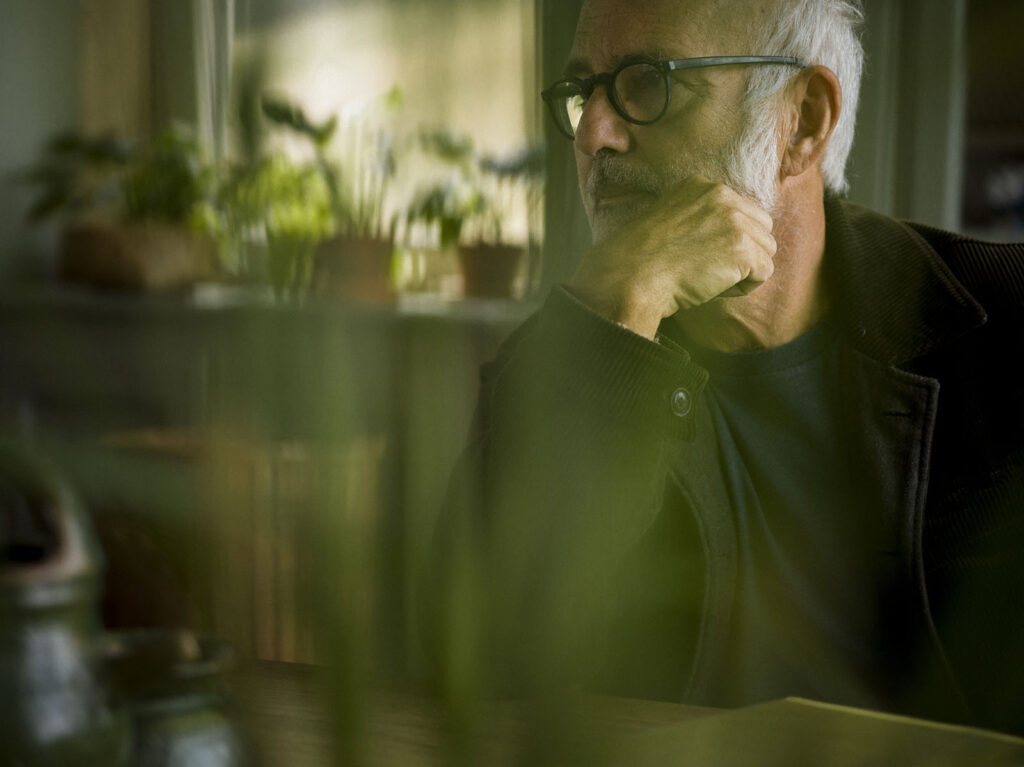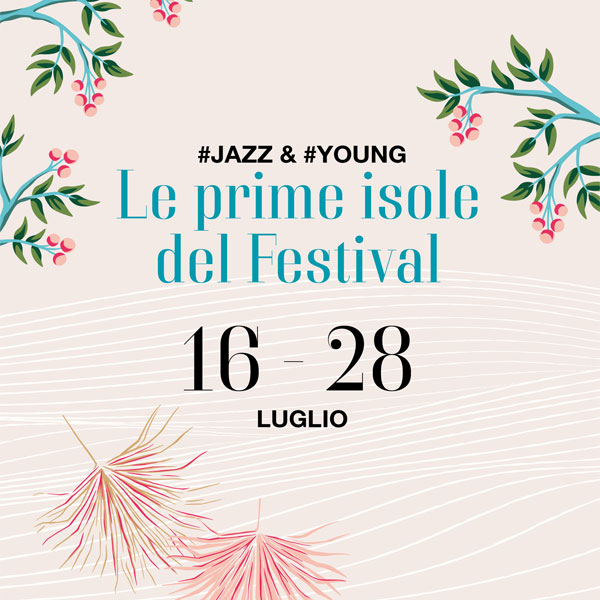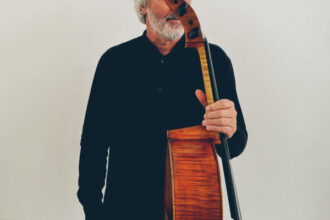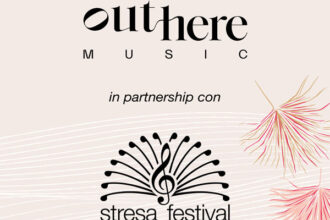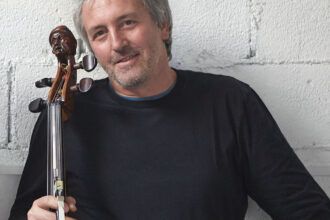The first islands of the Festival: #jazz and #young.
The focus on the piano between jazz and borderline music.
The musical needs of young people.
Le Nozze di Figaro and Ludovico Einaudi.
Isola Jazz, free music.
Stresa Festival started out with traditional classical music, and was famed for this for decades. Now, however, it has opened up a fresh space – “altro” (other), hosting jazz and ‘free’ music which draws on numerous disciplines, art forms and sounds.
The Isola Jazz is the first island we shall encounter in our musical archipelago, and it pays tribute to free music.
Making the most of places not close to the traditional concert hall, La Catapulta, thought up and designed by Michele De Lucchi for the 2021 Festival, fits the bill perfectly. This ‘music room’ can spring up ‘magically’ in unexpected places – alongside the Lake, in a wood, and other settings too. This year the acoustic stage has been erected in the Lungolago La Palazzola in Stresa for three jazz concerts.
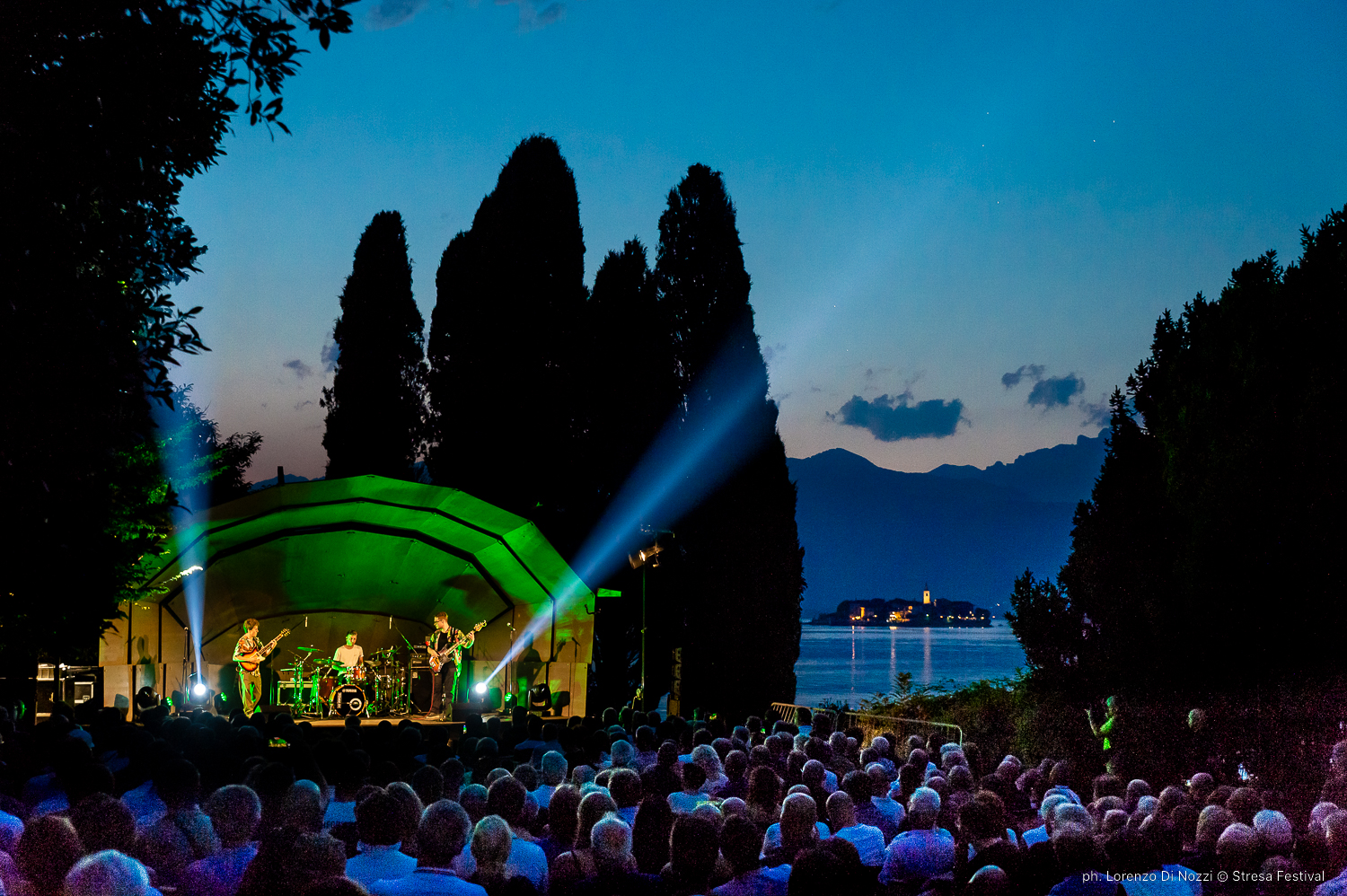
Egberto Gismonti is an icon of this tradition – jazz and free music, expressing to the full the feeling of free, improvised music, and different sounds. This evening he will play the guitar, the piano, and flute, joined by a voice, in a live performance that’s not to be missed!
Simone Locarni Trio is the result of an encounter between three contemporary jazz stars, appreciated internationally. The ltalian Simone Locarni won the Spoleto Europe Jazz Award as best European Talent and received a Special Mention from Tomorrow’s Jazz (2022). The Russian Yuri Goloubev (previously first double bass with Yuri Bashmet, the Moscow Soloists) is one of the most widely appreciated jazz bass players in the world. Then there is Klaus Gesing, a big name in European avantgarde jazz, and one of the stars of the historic label ECM.
United by their broad stylistic affinity, the three musicians combine their own poetry and compositions, abandoning roles and habits dictated by the instruments they use, sharing the whole of their ‘sound space’ and keeping up a continuous pervasive interplay.
Simone Locarni is a very interesting local musician, who is cutting out a space for himself on the national and international jazz scene. Accompanying him here are two outstanding musicians: Klaus Gesing, sax and clarinet, has opened new horizons for the sounds of these two instruments. Gesing does not play the traditional way, but works to find new ‘colour’, using electronics and the loop.
Goloubev is a well-established double-bass player and has performed with some of the best known jazzists in major European festivals.
Florian Weber the quality of this musician’s composition, communication and improvisation is well-known and worth noting. He will be playing as a duo with Luigi Grasso on the sax, who is also very successful outside Italy.

We are celebrating the bicentenary of Bruckner’s birth with Jazzrausch Bigband’s vision and lightweight version of his music. It will be interesting to see how this explosive ‘big band’, back in Stresa for a second season, rees Bruckner’s intense harmonies in jazz.
Their programme Bruckner’s Breakdown, marking this bicentenary, sends a cloudburst of orchestral sound and groove dubstep spreading through the concert hall and into the Festival boxes.
For the arrangements of Leonhard Kuhn in particular, and his new compositions, the group has expanded, adding a horn, percussion, bassoon, and three strings. The concert becomes a melting pot of today’s music.
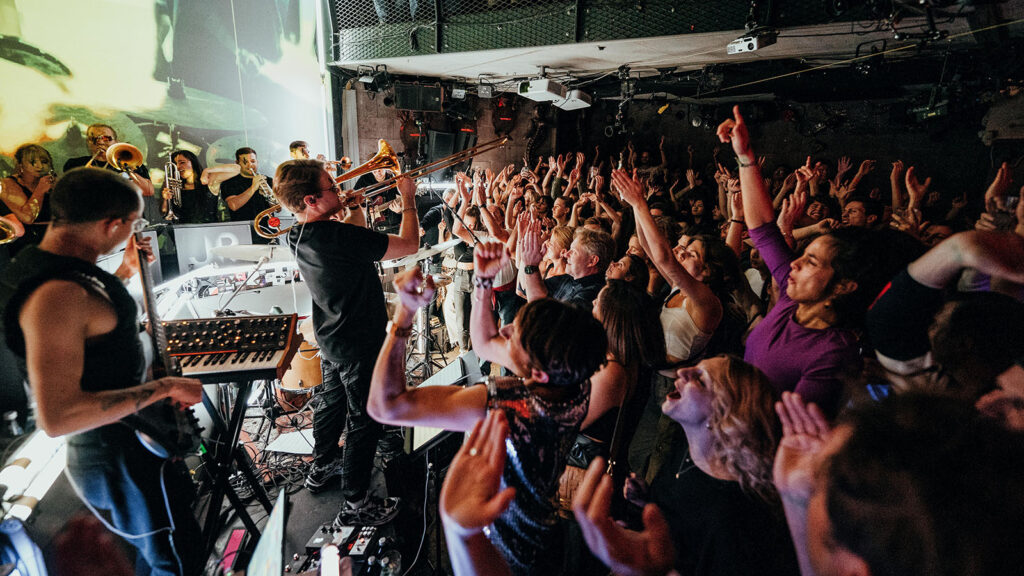
Isola Young, What do young people want from music?
The young folk at Stresa Festival Young have thought up a program that highlights the music young listeners want today.
You can’t get away from the electric guitar in the first two concerts signed young.
Anna Castiglia’s talent was noticed not only when she appeared in X-Factor, but it was mainly her originality and desire to ‘emerge’ that was striking in this world that seems to unify itself mainly around rap and trap.
The internationally-acclaimed American guitar virtuoso Trace Bundy must be seen, not just heard. His music is poetry in motion, using harmonics, looping, multiple capos, and his unique banter and stage presence combine to deliver an unforgettable live concert experience. Listening to his intricate arrangements is one thing, but seeing the “Acoustic Ninja” play live confounds even the most accomplished music lovers as to how one person can do all that with just two hands and ten fingers.
The young members of the Associazione Stresa Festival Young had a bright idea!
They accepted a historic musical suggestion from the Stresa region. It was Stresa that saw the birth of electronic music with the duo of Christina Moser and Maurizio Arcieri, who had been working on it for years with a view to ‘manipulating’ electronic music and mixing different traces, through a new language.
This was an interesting innovative approach in the Sixties, developed in a wood, their home, which is now the venue the Young chose for their three July concerts. Now known as the Bosco Sonoro, it is the symbol of this bridge linking past and future to the origins, roots and local history.
With the arrival of disco music, and a London punk break, the style swiftly turned to avantgarde electronic experimentation, new wave and synth pop, with obsessive rhythms – almost progressive – considered pioneeristic in Italian musical circles. Close attention was paid to visual aspects of the music (look and videos). After the ‘80s the music style shifted again to techno dance.
Krisma TV is a project thought up by Bienoise, who defines himself a laptop composer and who celebrates the anomalous new wave imagined by Krisma, a well-known Italian electropop band.
Alberto Ricca composes computer music, with a close focus on non-musical elements – noise, mistakes, and the music ‘buried’ in them – and stimulating aware listening and contemplation.
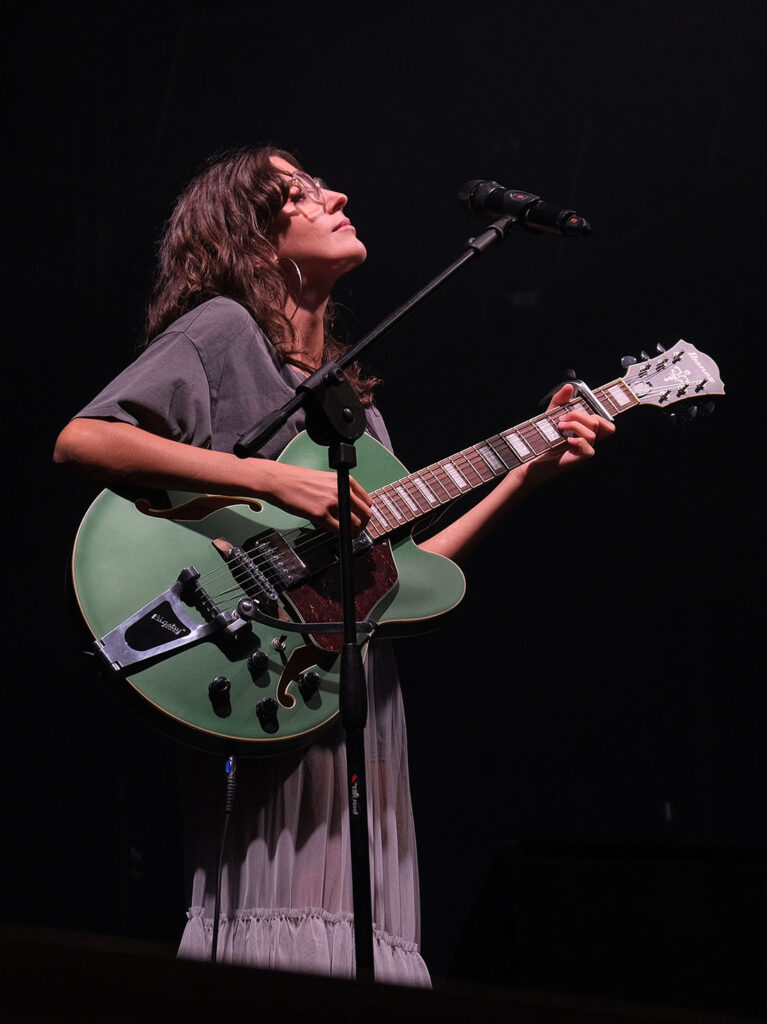
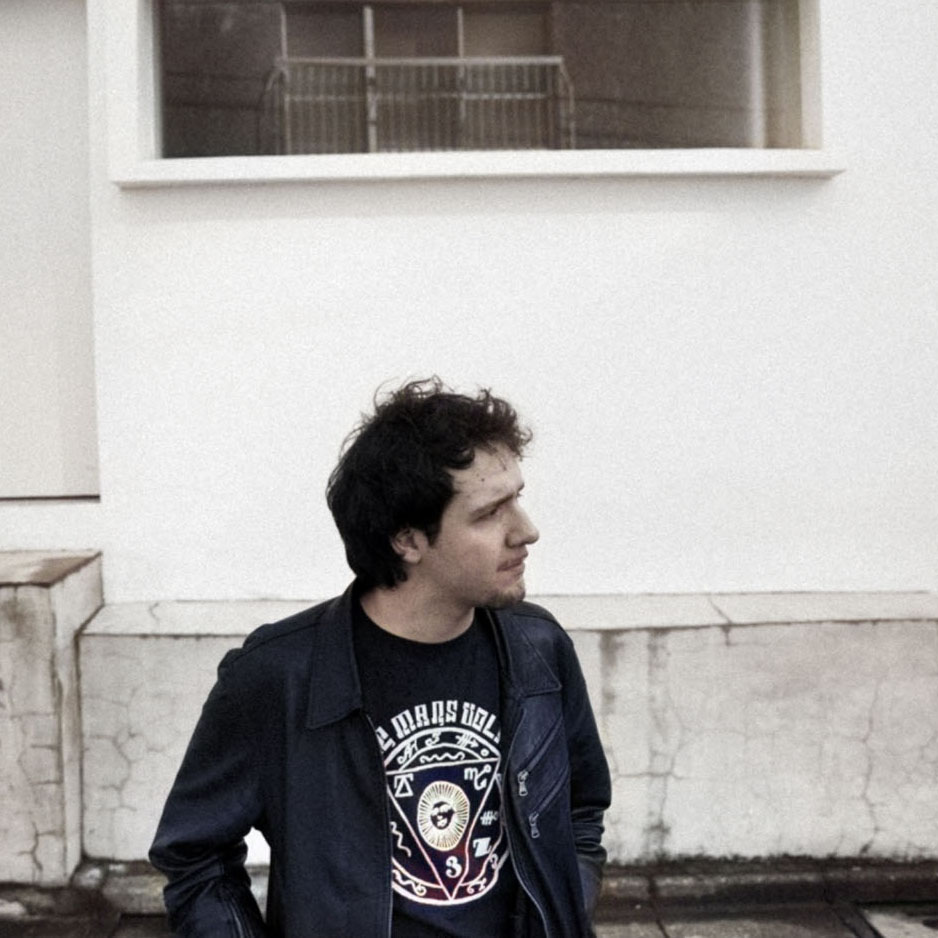
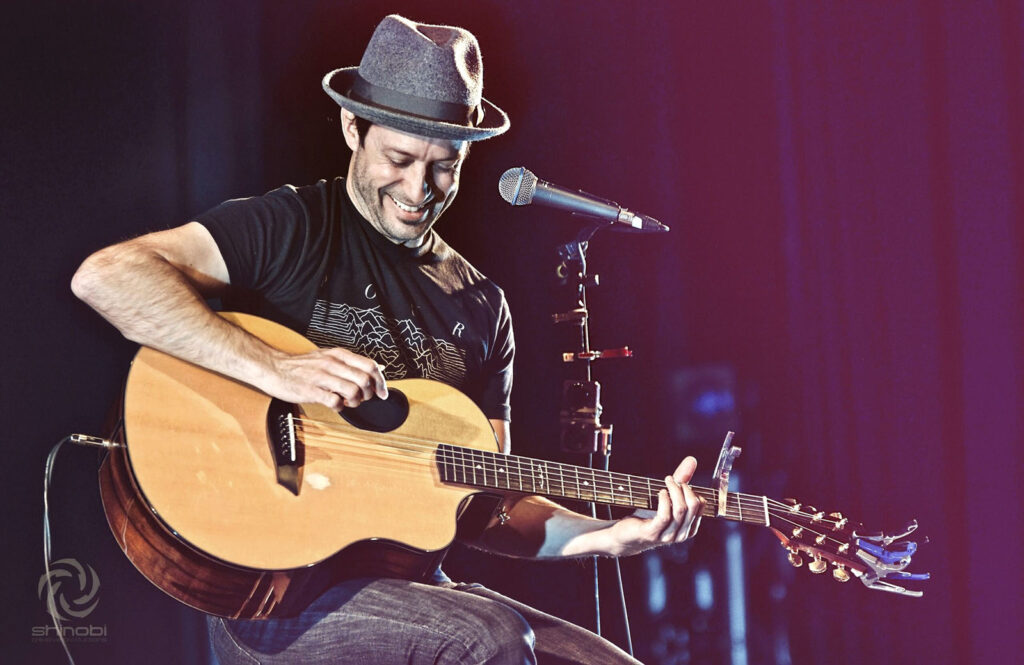
Voce all’Opera directed by Gianmaria Aliverta is staging a chamber version of Mozart’s Le nozze di Figaro. This is a dramaturgic reduction for a string quartet and singers, following the formula used last year for il Rigoletto.
The much admired garden of Villa Bossi in Orta San Giulio and the fascinating island of San Giulio once again combine to produce the striking location that binds artistes and audiences. The public is fully immersed in the opera, and can enjoy the theater music in its true light.
Chamber music versions for a few instruments and singers were popular in Mozart’s time and was staged with the composers’ approval. Including the opera in this form in the Festival, with its usual focus on chamber and symphonic music, is a sort of philological move to rediscover this tradition of ‘reduction’ of operas without losing any of their theatrical and musical value.
Ludovico Einaudi has kept his musical esthetics, easily recognisable from the very start, tenaciously constant and “complete”, based on the simplicity of his music which, however, creates a welcoming atmosphere everywere in the world.
Now, ten years after one of his most significant and popular albums came out, Einaudi returns on the traces of “In A Time Lapse”, imagining a new form with a new ensemble of outstanding musicians.
